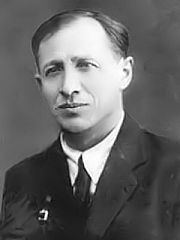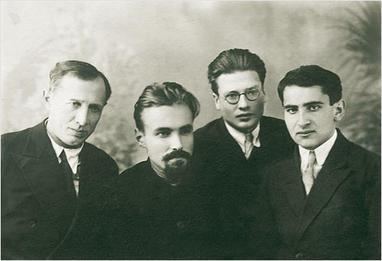Nationality Soviet Union Role Mathematician | Alma mater Kiev State University Name Nikolai Chebotaryov | |
 | ||
Doctoral students Petr KontorovichMark KreinNaum MeimanVladimir Morozov Education Taras Shevchenko National University of Kyiv People also search for | ||
Institutions Kazan State University Notable students Mark Krein, Naum Meiman | ||
Nikolai Grigorievich Chebotaryov (often spelled Chebotarov or Chebotarev, Russian: Никола́й Григо́рьевич Чеботарёв, Ukrainian: Микола Григорович Чоботарьов) (15 June [O.S. 3 June] 1894 – 2 July 1947) was a noted Ukrainian and Soviet mathematician. He is best known for the Chebotaryov density theorem.

He was a student of Dmitry Grave, a famous Ukrainian and Russian mathematician. Chebotaryov worked on the algebra of polynomials, in particular examining the distribution of the zeros. He also studied Galois theory and wrote an influential textbook on the subject titled Basic Galois Theory. His ideas were used by Emil Artin to prove the Artin reciprocity law He worked with his student Anatoly Dorodnov on a generalization of the quadrature of the lune, and solved a conjecture which is now known as the Chebotaryov theorem on roots of unity
Early life
Nikolai Chebotaryov was born on 15 June 1894 in Kamianets-Podilskyi, Russian Empire (modern-day Ukraine). He entered the department of physics and mathematics at Kiev University in 1912. In 1928 he became a professor at Kazan University, remaining there for the rest of his life. He died on 2 July 1947. He was an atheist. On May 14, 2010, a memorial plaque for Nikolai Chebotaryov was unveiled on the main administration building of I.I. Mechnikov Odessa National University.
